Stewart Child – The life of an Excise Officer
Richard Stewart Child (always known as Stewart) was born on 17 March 1884 in Frome, Somerset. He was the fourth child and the third son of Joseph Colin Child and Mary Ellen Sargent. Soon after he was born the family moved to Tidenham Chase in Gloucestershire, just across the river Wye from Chepstow, where Mary was born.
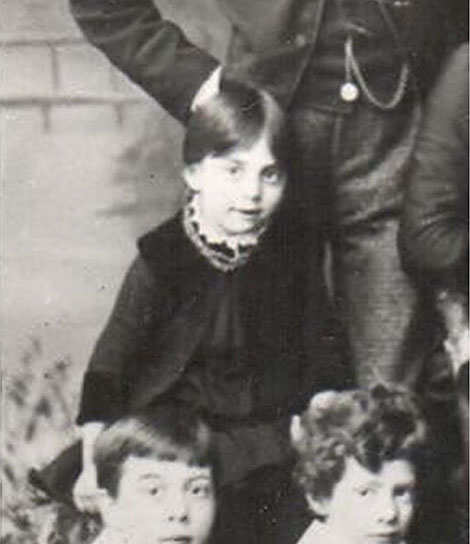
Figure 1: Stewart aged 3 in a family portrait in 1887
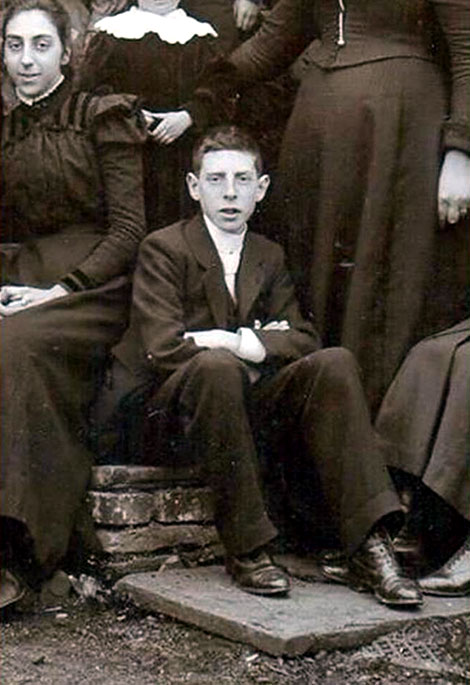
Figure 2: Stewart aged 15 in a family group photo in the garden at Chepstow in 1899
He started work in a pharmacy 1898 and was attached to George Thomas Turner at The White Ladies Gate Pharmacy in Redland, Bristol, registering as an apprentice with the Pharmaceutical Society of Great Britain in 1900. In 1901 he was staying as a boarder at 14 Alexandra Park, Bristol, where his older brother Gower was also living.
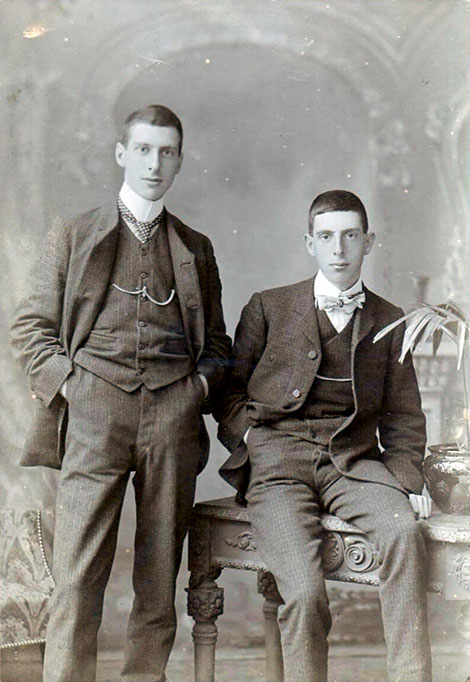
Figure 3: A young Stewart (right) poses with his older brother Gower, about 1904
In 1906 he joined the Excise Department (then separate from Customs until 1909) and as he progressed through the ranks he transferred to several different areas of operation, making a lifetime career out of public service with Revenue.
| Year | Rank | Station |
| 1906 | Assistant | Sheffield |
| 1907 | Assistant | Elgin |
| 1908 | Assistant | Chester |
| 1909 | Assistant | Campbeltown |
| 1910 | Assistant | Edinburgh |
| 1911 | 2nd Class Officer | Aberdeen |
| 1912 - 1923 | 2nd Class Officer | Chippenham |
| 1924 - 1925 | 2nd Class Officer | Devizes, Trowbridge |
| 1926 - 1930 | Officer | Devizes, Trowbridge |
(We are grateful to the Border Force Museum for this information)
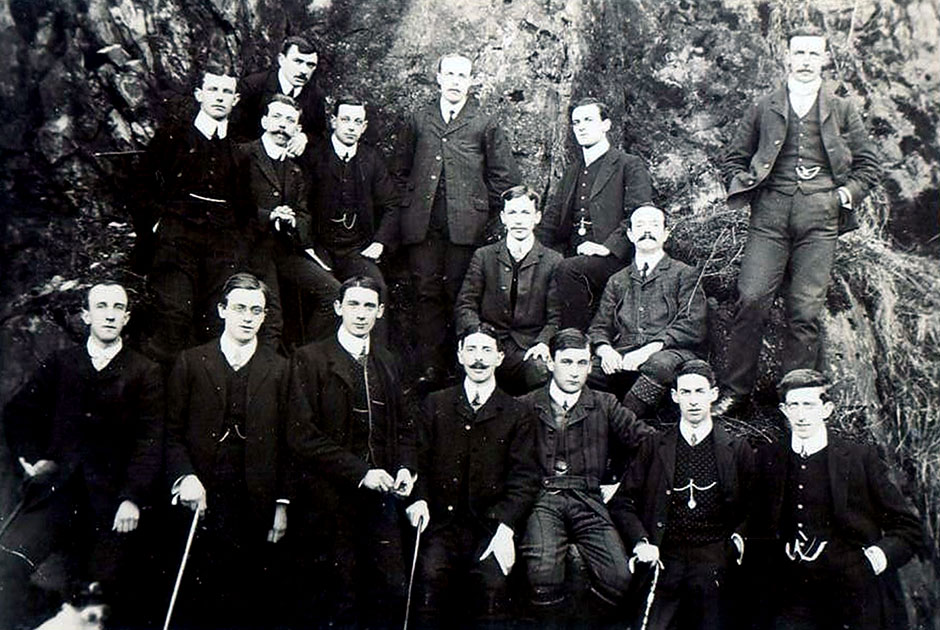
Figure 4: The Scottish work was largely connected to the whisky industry and the Helen Kegie Collection contains a unique set of photographs of Excise staff at that period. This photo shows the Campbeltown Assistants for 1907-8. Stewart is in the centre of the front row and was perhaps visiting them, as he was based in Chester at that time
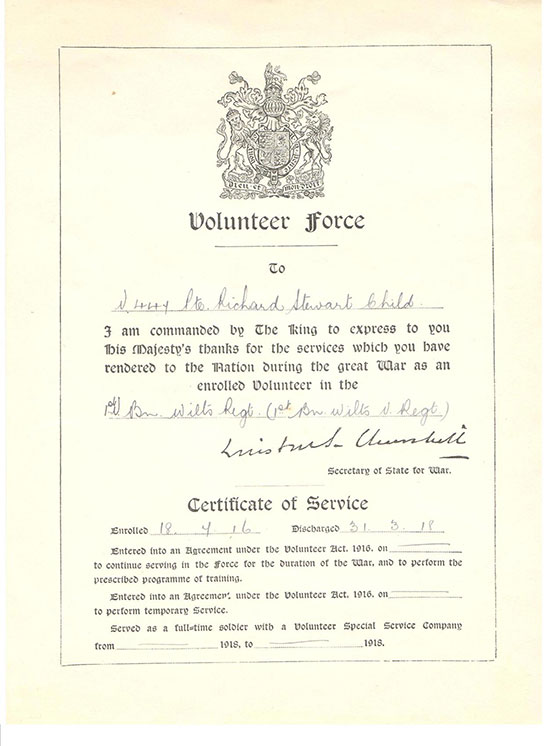
Figure 5: During World War I Stewart served as an Enrolled Volunteer with the 1st Volunteer Battalion of the Wiltshire Regiment for the period 18th July 1916 to 31st March 1918. This is his Certificate of Service, issued by Winston Churchill, who was Secretary of State for War.
On 21 August 1916, Stewart married Gladys Rosalie Barton (known as Rosalie) at Brighstone in the Isle of Wight. Rosalie was from the Barton family of Newport, Isle of Wight. The pair had met through family connections with the Revenue services, as Stewart was a colleague of Albert Edward Silvester, who worked for the Inland Revenue. Albert married Evelyn Kate Barton from the Isle of Wight, who was one of Rosalie’s sisters.
In another extraordinary twist the wedding of Stewart and Rosalie was the meeting place of Alfred Quinton Barton (Rosalie’s brother) and Amy Elizabeth Child (Stewart’s sister). Alfred and Amy married in 1920, creating another link between the two families. Helen Barton/Kegie was their first child, born in 1922.
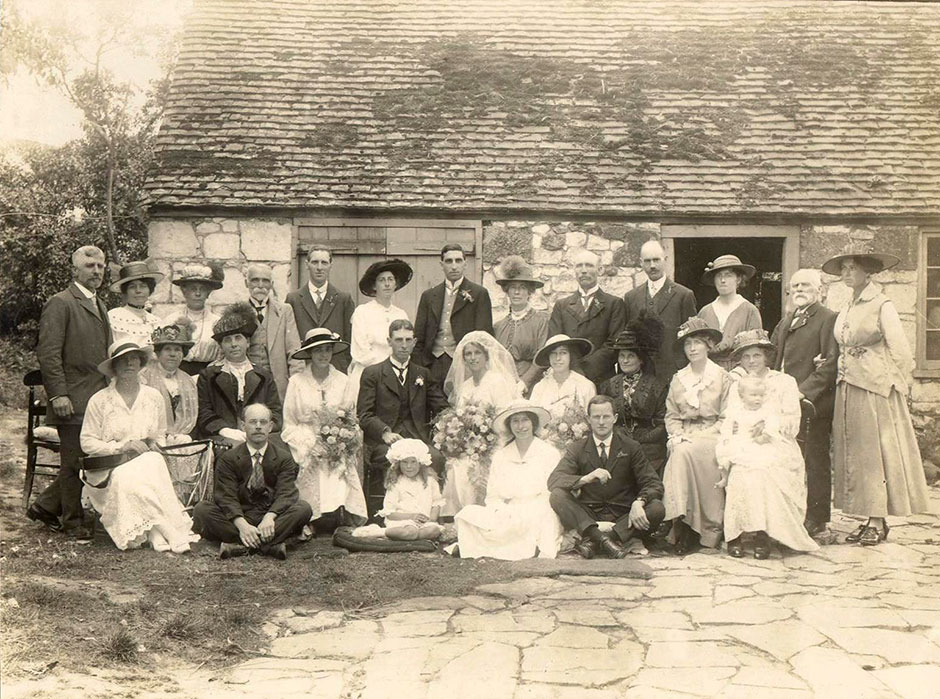
Figure 6: The wedding group in 1916
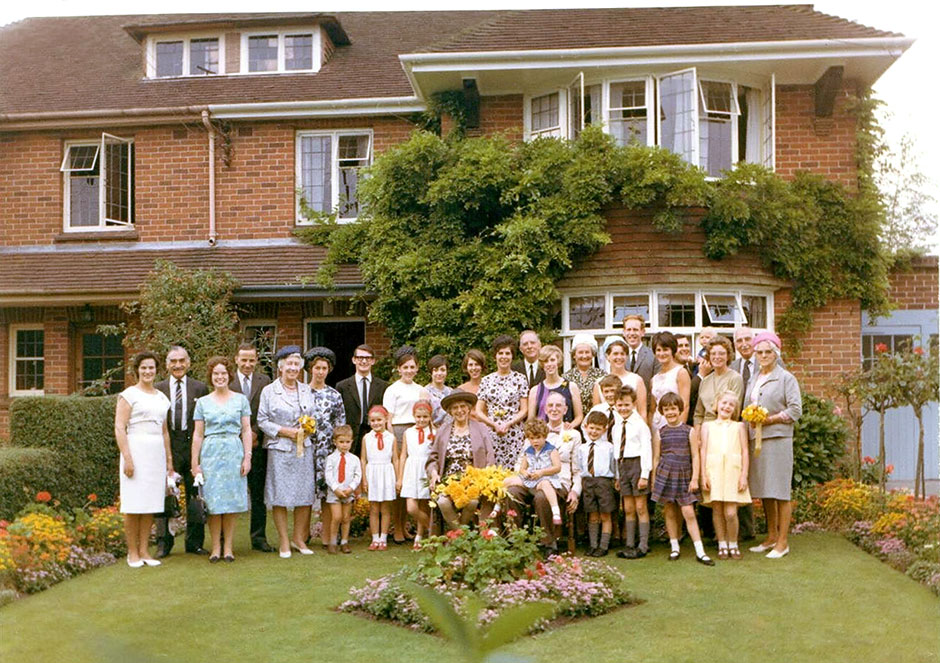
Figure 7: The Golden Wedding at Devizes in 1966
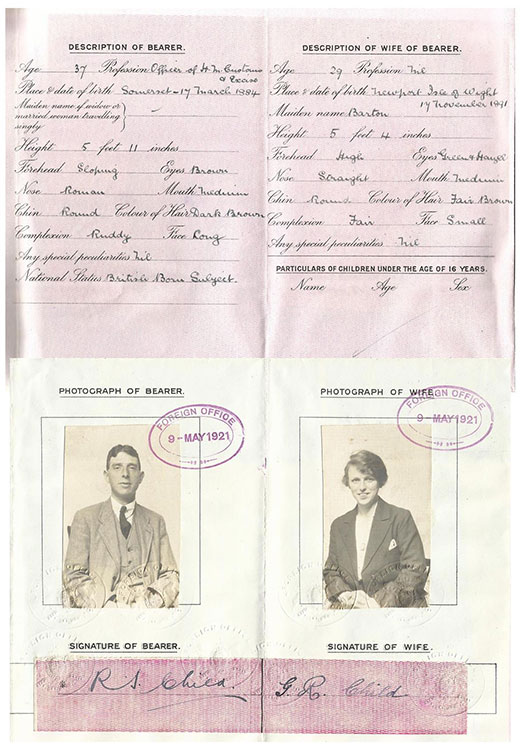
Figure 8: Passport details for Stewart and Rosalie in 1921
The couple’s first child Rosalie Mary (known as Mary) was born in Devizes on 9th February 1918. Mary became a medical practitioner and was also an accomplished pianist and a stroke in rowing. She died in 1974 at Devizes.
The second child was Richard Anthony (known as Anthony), who was born in Devizes on 22nd August 1922. Tragedy struck the family two years later, when the boy stumbled into a bowl of hot water in a wash-house, dying the next morning from the shock.
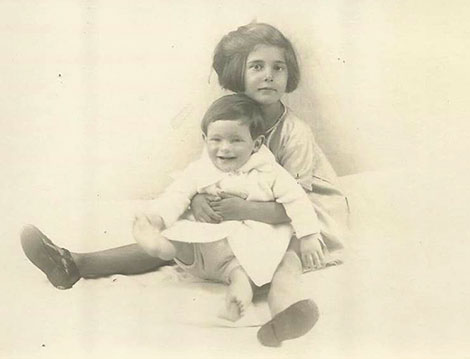
Figure 9: Mary and Anthony in 1923
The family lived at Brighstone, Breachfield, Devizes for many years and both Stewart and Rosalie were active members of the local community. Stewart undertook official and civic functions, and was High Constable to three Mayors of Devizes. He was also Treasurer of the local Archaeological Society, a member of the Devizes Town Trust, a member of the Red Cross and he also took part in Gilbert and Sullivan productions by the Devizes Operatic Society.
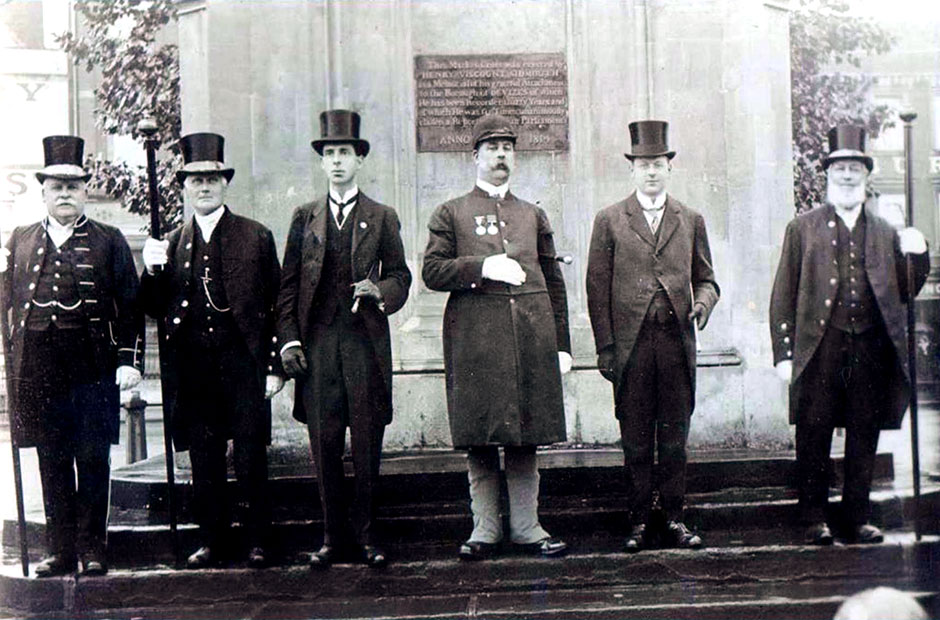
Figure 10: Stewart (third from left) attends ‘Calling the Sessions’ in Devizes around 1920
Stewart was a man of many talents, and in addition to his work and community functions, he was very practical, even able to knit and make rugs! Wooden objects also testify to an ability to work in wood. He also collected epitaphs from gravestones in churchyards and his notebook of these survives in the Helen Kegie Collection.
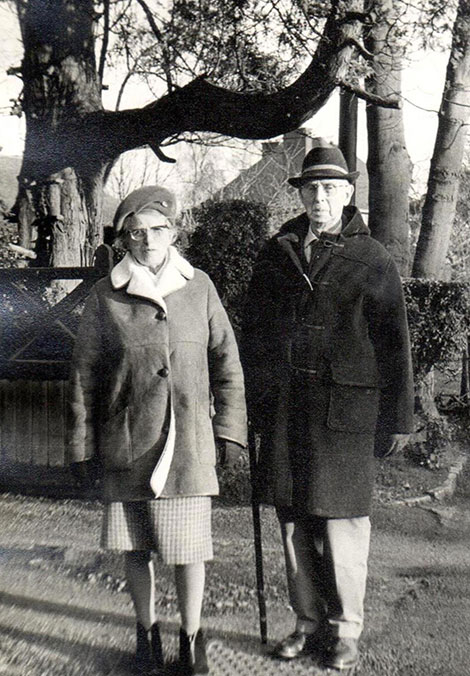
Figure 11: Stewart and Rosalie in later years. After eventful and productive lives and a happy retirement, he died in 1974 and she in 1988.